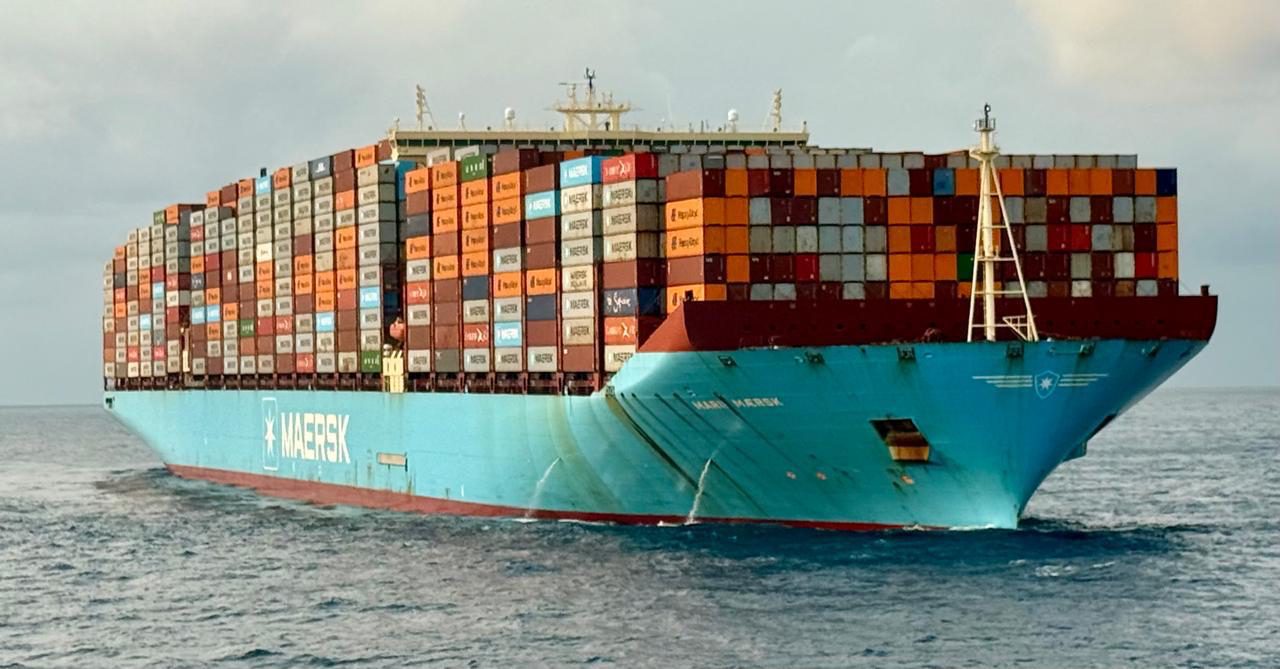Retail imports at the nation’s top ports are expected to slow “significantly” over the remainder of the year, but 2022 cargo volumes should still see a net gain over 2021’s record, the National Retail Federation said Monday.
The NRF is out with its monthly Global Port Tracker report covering the U.S. ports of Los Angeles/Long Beach, Oakland, Seattle, Tacoma, New York/New Jersey, Port of Virginia, Charleston, Savannah, Port Everglades, Miami and Jacksonville, and Houston, showing a busy start to the year.
“Retail sales are still growing, but the economy is slowing down and that is reflected in cargo imports,” said Jonathan Gold, the NRF’s V.P for Supply Chain and Customs Policy.
U.S. ports covered by NRF handled 2.25 million TEU in June, down 5.9 percent from May’s record of 2.4 million TEU, but still up 4.9 percent year over year. The NRF noted that May marked the largest number of container imported in a single month since it began tracking imports in 2002.
“Lower volumes may help ease congestion at some ports, but others are still seeing backups and global supply chain challenges are far from over. Our biggest concern is the potential for disruption because of separate labor negotiations at the West Coast ports and the freight railroads. Concluding both sets of negotiations without disruption is critical as the important holiday season approaches,” said Gold.
Many retailers brought in cargo early and shifted to East and Gulf Coast ports to avoid any potential disruptions related to ongoing contract negotiations between dockworkers and employers at West Coast ports, says the NRF. Early shipments have helped to drive second-quarter volumes, buoying 2022 total volumes and contributing to new record despite a slower second half, at least compared to 2021.
June’s results brought the first half of the year to 13.5 million TEU, a 5.5 percent increase year over year, according to the NRF. July’s final numbers aren’t yet finalized (with the exception of Savannah, which saw an all-time cargo record), but the NRF is projecting 2.26 million TEU, up 3.2 percent year over year.
The NRF is predicting the slowdown to start in August, with forecasts calling for 2.2 million TEU, down 3 percent. September is forecast at 2.15 million TEU, up 0.4 percent; October at 2.13 million TEU, down 3.9 percent; November at 2.06 million TEU, down 2.7 percent, and December at 2.03 million TEU, down 3 percent.
These numbers would bring the second half of the year to 12.8 million TEU, down 1.5 percent from the same period last year. Overall, however, the NRF expects 2022 volumes to come in 26.3 million TEU, which would be up 2 percent from last year’s annual record of 25.8 million TEU.
“The heady days of growth in imports are quickly receding,” said Ben Hackett, Founder of Hackett Associates which produces the Global Port Tracker to the NRF. “The outlook is for a decline in volumes compared with 2021 over the next few months, and the decline is expected to deepen in 2023.”

 Join The Club
Join The Club










